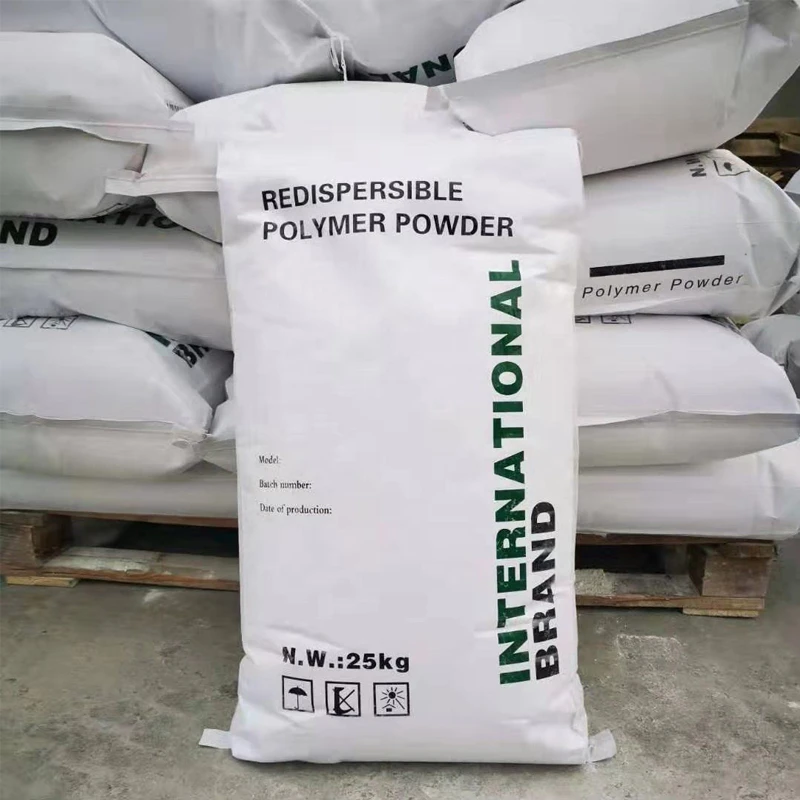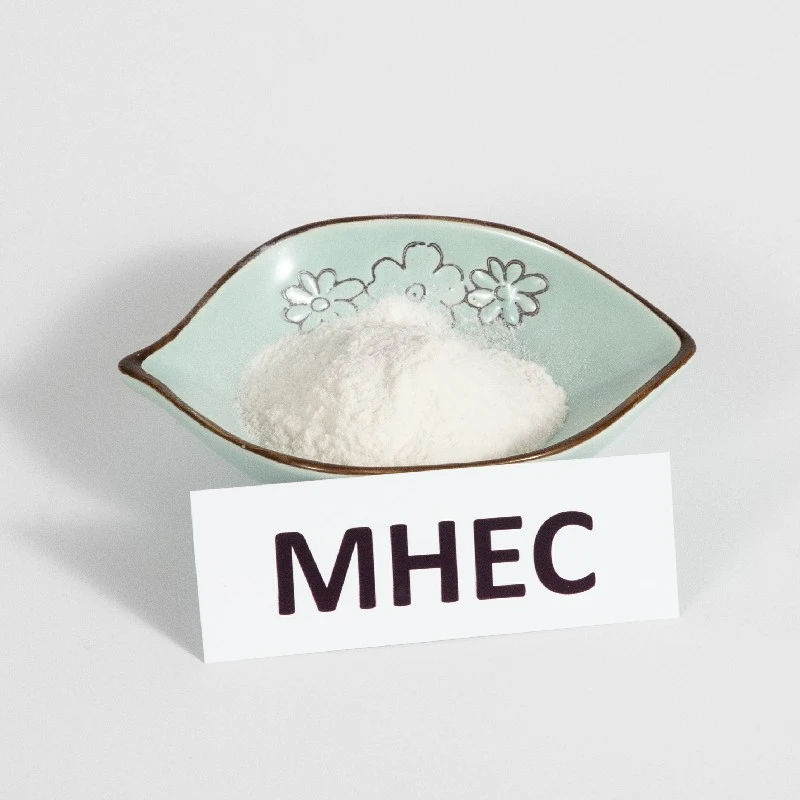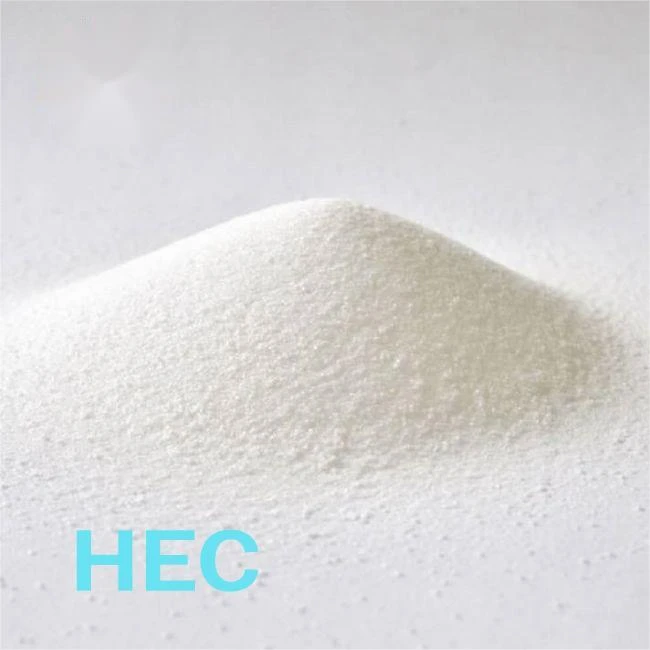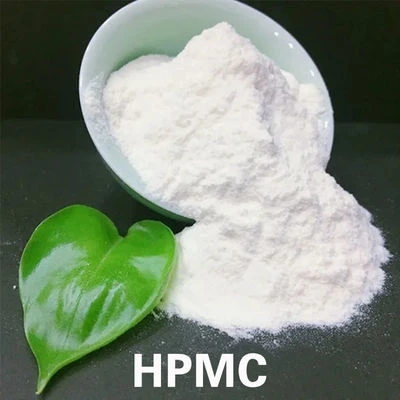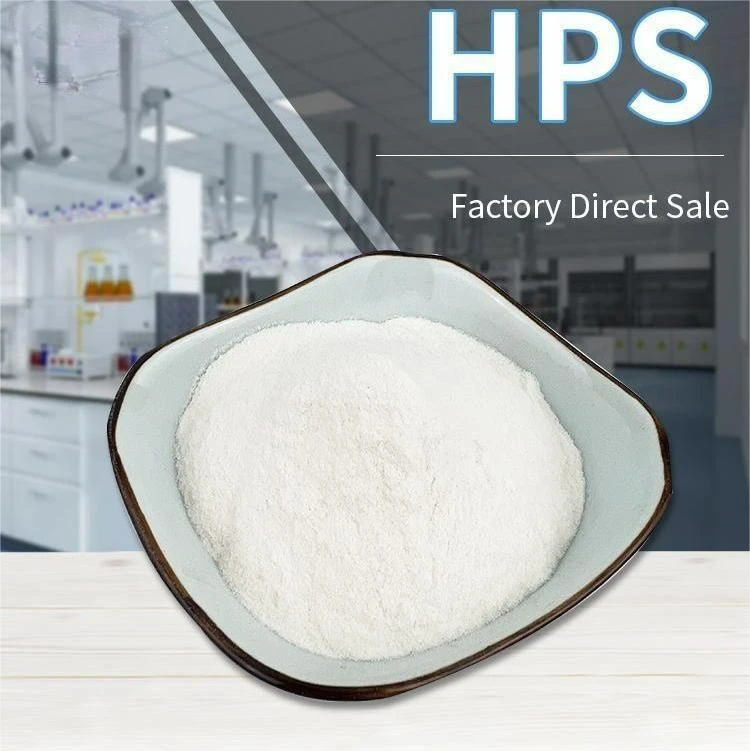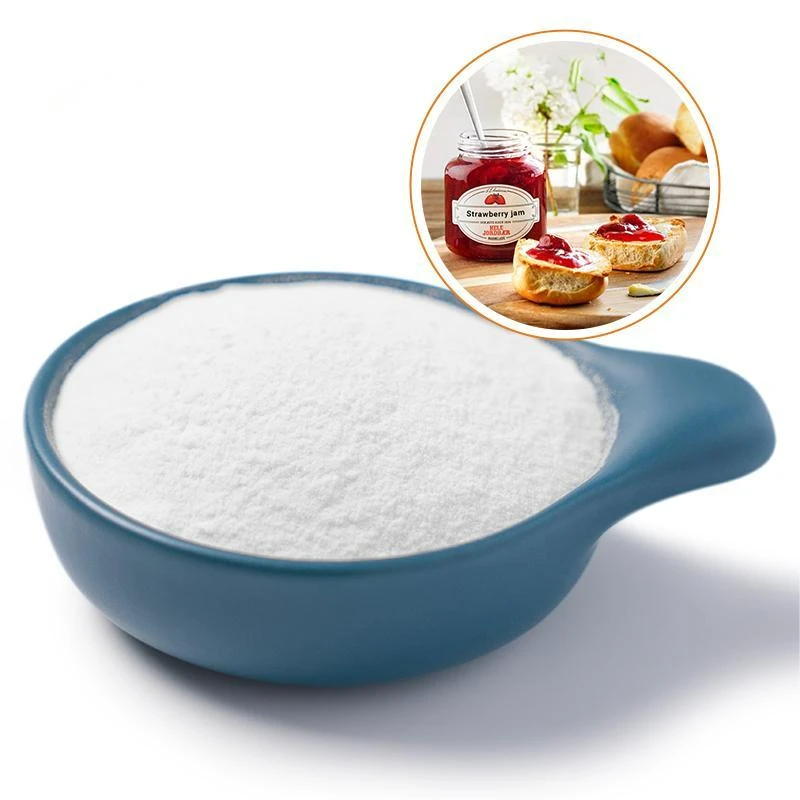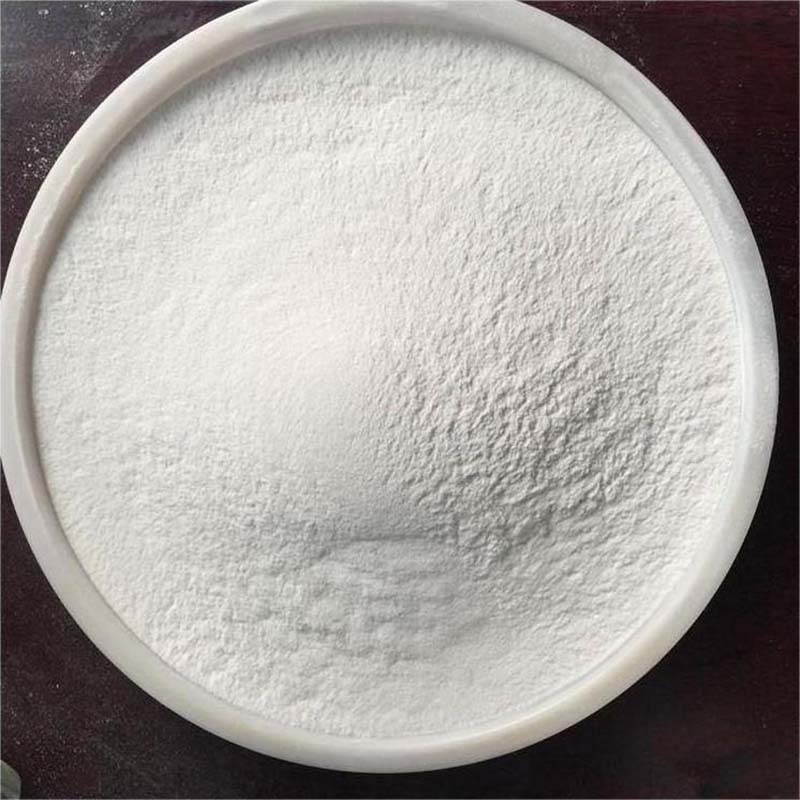Hydroxypropyl Methyl Cellulose Ether (HPMC) | Thickener, Binder
Understanding Hydroxypropyl Methyl Cellulose Ether: A Core Industrial Additive
In the realm of advanced material science and industrial applications, hydroxypropyl methyl cellulose ether (HPMC) stands out as a versatile and indispensable polymer. Derived from cellulose, a natural and abundant polymer, HPMC is a non-ionic cellulose ether widely used as a thickener, binder, film former, and water retention agent in a multitude of sectors. Its unique rheological properties, excellent water solubility, and thermal gelation characteristics make it a preferred choice over traditional additives. This comprehensive guide delves into the technical intricacies, market dynamics, and application prowess of HPMC, providing essential insights for B2B stakeholders and technical professionals. Our product, the Hot Sell best Price mecellose hpmc/hpmc chemical 200000/hpmc, exemplifies the high-quality standards demanded by today's sophisticated industries, ensuring optimal performance and reliability in diverse applications.
Current Industry Trends and Market Dynamics for HPMC
The global market for hydroxypropyl methyl cellulose ether is experiencing robust growth, driven primarily by the burgeoning construction industry, advancements in pharmaceutical formulations, and increasing demand in the food and cosmetics sectors. Key trends include a rising preference for sustainable and eco-friendly additives, propelling the demand for cellulose derivatives like HPMC. Furthermore, the push for enhanced performance in building materials, such as improved workability, adhesion, and durability in mortars, plasters, and tile adhesives, fuels the consumption of high-quality hydroxypropyl methyl cellulose hpmc. Innovations in synthesis processes are also leading to new grades with tailored properties, allowing for more specific and efficient applications, further cementing its role as a critical component in modern industrial formulations. The market is also seeing increased regional demand from developing economies investing heavily in infrastructure.
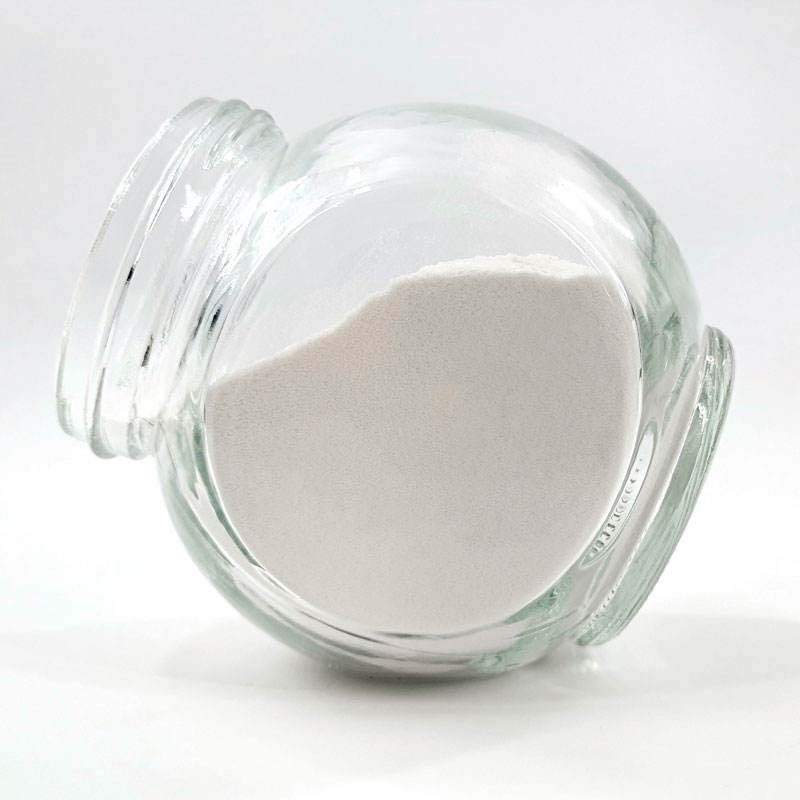
The Advanced Manufacturing Process of Hydroxypropyl Methyl Cellulose
The production of hydroxypropyl methylcellulose involves a sophisticated chemical synthesis process that ensures consistent quality and performance. The primary raw material is highly purified cellulose, typically derived from wood pulp or cotton linters. This cellulose undergoes alkalization with caustic soda, followed by an etherification reaction with methyl chloride and propylene oxide in a controlled environment, often within high-pressure reactors. The precise control over reaction parameters, such as temperature, pressure, and reactant ratios, is crucial to achieve the desired degree of substitution (DS) and molar substitution (MS), which directly influence the final product's viscosity, solubility, and thermal gelation properties. Post-reaction, the crude HPMC is purified through washing with hot water to remove salts and unreacted byproducts, then dried, milled, and sieved into various powder grades. Adherence to stringent quality control, including ISO 9001 and specific industry standards, guarantees the material's purity, particle size distribution, and functional characteristics. This rigorous manufacturing ensures a stable and reliable product with a long shelf life when stored correctly.
Key Technical Parameters and Specifications of HPMC
Understanding the technical parameters of hydroxypropyl methyl cellulose ether is vital for selecting the appropriate grade for specific applications. Different grades are characterized by their viscosity, substitution type (methyl/hydroxypropyl ratio), and particle size. Viscosity is measured in solution (typically 2% aqueous solution at 20°C) and can range from 400 cps to 200,000 cps, influencing properties like thickening, water retention, and anti-sagging. The degree of substitution affects water solubility, surface activity, and thermal gelation temperature. Below is a general table outlining common HPMC grades and their typical applications, based on market requirements and product specifications like our Hot Sell best Price mecellose hpmc/hpmc chemical 200000/hpmc, designed for optimal performance across various industrial uses.
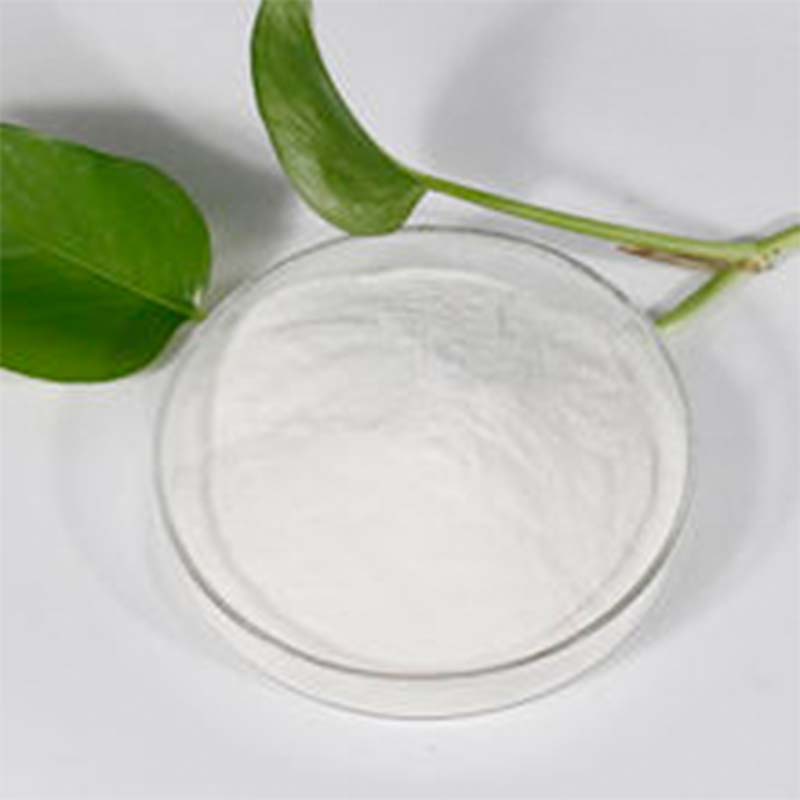
Diverse Application Scenarios of Hydroxypropyl Methylcellulose Gel
The versatility of hydroxypropyl methylcellulose gel and powder forms allows its application across an astonishing array of industries. In the construction sector, it is paramount for dry-mix mortars, wall putty, tile adhesives, and self-leveling compounds, enhancing water retention, consistency, workability, and bond strength. For pharmaceutical applications, HPMC serves as a excipient in tablet coatings, controlled-release matrices, and opthalmic solutions due to its inertness, biocompatibility, and film-forming capabilities. The food industry utilizes HPMC as a thickener, emulsifier, stabilizer, and foaming agent in products ranging from baked goods to dairy and sauces, valued for its thermal gelation property and ability to improve texture. Furthermore, in personal care and cosmetics, it acts as a rheology modifier and film-former in shampoos, lotions, and creams. Its broad applicability underscores its significance as a multi-functional additive across various B2B supply chains, contributing to product efficacy and consumer safety.
Technical Advantages of Hydroxypropyl Methyl Cellulose HPMC Powder
The adoption of hydroxypropyl methyl cellulose hpmc powder in industrial formulations yields numerous technical advantages. Firstly, its superior water retention capacity significantly prolongs the open time of cementitious materials, allowing for extended workability and preventing premature drying, which is crucial for large-scale construction projects. Secondly, HPMC acts as an effective thickener and rheology modifier, imparting excellent sag resistance and improved plasticity, making applications like vertical plastering much more manageable and efficient. Thirdly, its ability to form robust films enhances the adhesion and cohesion of mixtures, improving overall product durability and performance. Moreover, HPMC contributes to air entrainment, leading to lighter, more workable mixes with reduced cracking potential. For pharmaceutical and food applications, its purity, non-toxicity, and stability are critical advantages, ensuring product safety and efficacy. These attributes collectively translate into enhanced efficiency, cost savings through reduced material waste, and superior end-product quality, providing a significant competitive edge for businesses utilizing it.
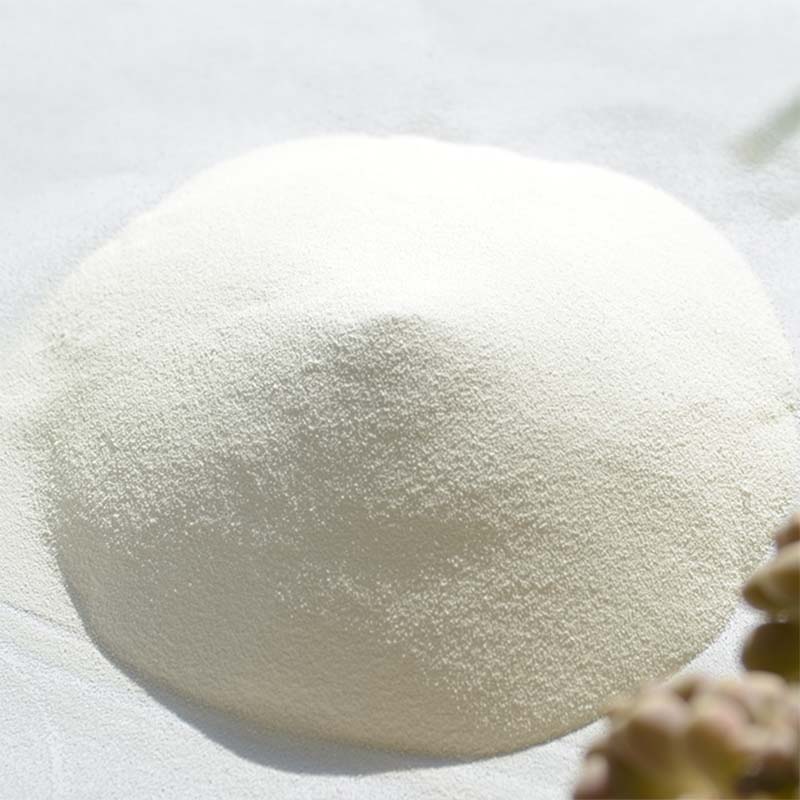
Manufacturer Comparison and Selection Criteria
Choosing the right supplier for hydroxypropyl methyl cellulose ether is paramount for maintaining product quality and operational efficiency. While many manufacturers offer HPMC, key differentiators lie in product consistency, technical support, and customization capabilities. Reputable manufacturers demonstrate unwavering commitment to ISO 9001 quality management systems and often possess specific certifications like FDA for food/pharma grade products. Buyers should evaluate suppliers based on their historical consistency in viscosity and purity, their ability to provide technical data sheets (TDS) and safety data sheets (SDS), and their responsiveness in addressing specific formulation challenges. Furthermore, a manufacturer's production capacity, lead times, and logistical efficiency are critical for ensuring a stable supply chain. Engaging with manufacturers who offer comprehensive after-sales support and are transparent about their manufacturing processes can significantly mitigate risks and foster long-term, beneficial partnerships.
Customized Solutions and Collaborative Partnerships
Recognizing that every industrial application has unique demands, leading suppliers of hydroxypropyl methyl cellulose ether increasingly offer customized solutions. This involves working closely with clients to develop HPMC grades with specific viscosity ranges, particle sizes, dissolution rates, or other functional properties tailored to their exact formulation requirements. For instance, a construction material manufacturer might require HPMC with enhanced sag resistance for a particular type of render, while a pharmaceutical company may need ultra-low viscosity HPMC for a specific tablet coating. Such custom solutions leverage the manufacturer's R&D capabilities and deep understanding of cellulose chemistry. Engaging in a collaborative partnership ensures that the HPMC supplied seamlessly integrates into the client's existing processes, optimizing performance and reducing formulation complexities, ultimately leading to superior end-products and a more efficient production cycle.
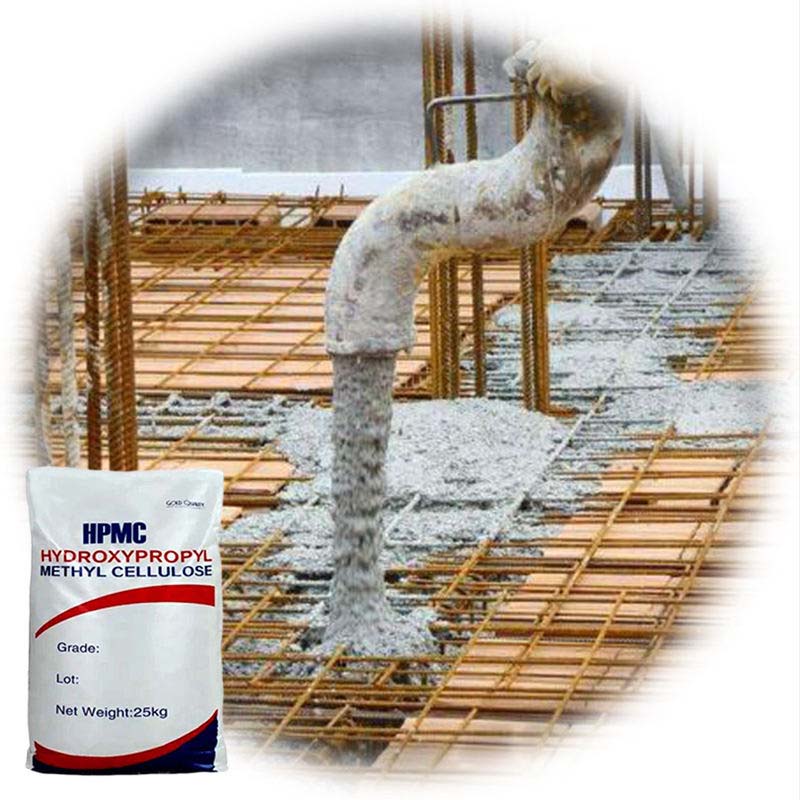
Real-World Application Cases and Success Stories
The impact of hydroxypropyl methyl cellulose hpmc is best illustrated through its successful deployment in various industrial contexts. In one notable case, a leading European dry-mix mortar producer switched to a high-viscosity HPMC grade from PezeTech, resulting in a 15% improvement in their tile adhesive's open time and a 10% increase in shear bond strength, leading to higher customer satisfaction and reduced material waste on construction sites. Another instance involves a major Asian pharmaceutical company that utilized a specific low-viscosity, pharmaceutical-grade HPMC for their controlled-release medication. This led to a more consistent drug release profile and improved tablet hardness, successfully meeting rigorous regulatory standards and enhancing patient compliance. These examples underscore how tailored HPMC solutions can directly contribute to product innovation, operational efficiency, and market competitiveness across diverse global industries, validating its essential role.
Quality Assurance, Certifications, and Testing Data
Our commitment to quality for hydroxypropyl methyl cellulose ether is unwavering, guided by rigorous quality assurance protocols and adherence to international standards. Our manufacturing facilities are ISO 9001 certified, ensuring systematic management of production processes for consistent product quality. Each batch of HPMC undergoes comprehensive testing, including viscosity measurement, particle size distribution analysis, moisture content determination, and purity assessments. For pharmaceutical and food-grade products, compliance with pharmacopoeia standards (e.g., USP, EP, BP) and food safety regulations (e.g., FDA, EFSA) is strictly maintained. We provide detailed Certificates of Analysis (CoA) with every shipment, offering complete transparency on product specifications and performance data. This meticulous attention to quality ensures that our Hot Sell best Price mecellose hpmc/hpmc chemical 200000/hpmc consistently meets and exceeds the stringent requirements of our global clientele, fostering trust and long-term reliability.
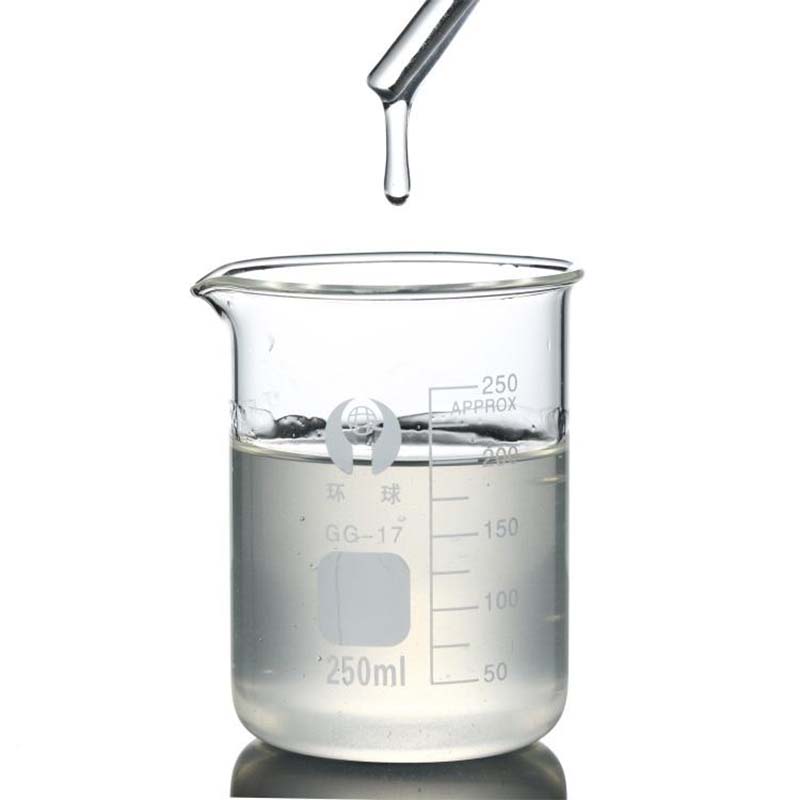
Frequently Asked Questions (FAQ) about HPMC
-
Q: What is the primary function of hydroxypropyl methylcellulose in dry-mix mortars?
A: HPMC primarily functions as a water retention agent, thickener, and rheology modifier in dry-mix mortars. It significantly improves water retention, preventing rapid drying and ensuring proper cement hydration. It also enhances workability, plasticity, and sag resistance, leading to easier application and better adhesion of mortars, plasters, and tile adhesives.
-
Q: How does the viscosity of HPMC affect its application?
A: The viscosity of HPMC is a critical parameter. Higher viscosity grades offer greater thickening and water retention capabilities, suitable for applications requiring strong rheological control, such as thick renders or high-performance tile adhesives. Lower viscosity grades are preferred for self-leveling compounds or pharmaceutical tablet coatings where fluid flow and thin film formation are essential, demonstrating the versatility of hydroxypropyl methyl cellulose ether.
-
Q: Is hydroxypropyl methyl cellulose hpmc powder safe for food and pharmaceutical use?
A: Yes, specific grades of HPMC are manufactured to meet stringent food and pharmaceutical standards, such as USP, EP, and FCC. These grades are highly purified, non-toxic, and biocompatible, making them safe for use as excipients in drugs, dietary supplements, and as additives in various food products.
-
Q: What is the typical shelf life of HPMC?
A: When stored in original, unopened packaging in a cool, dry place away from direct sunlight and moisture, HPMC typically has a shelf life of 24 to 36 months from the date of manufacture. Proper storage conditions are essential to maintain its functional properties, including the characteristics of hydroxypropyl methylcellulose gel formation and viscosity.
Delivery Timelines, Warranty, and Customer Support
At PezeTech, we pride ourselves on efficient global logistics and robust customer support for our Hot Sell best Price mecellose hpmc/hpmc chemical 200000/hpmc. Our standard delivery timelines are designed to meet diverse client needs, typically ranging from 7-15 business days depending on destination and order volume, with expedited options available upon request. We offer comprehensive quality assurance, guaranteeing that our hydroxypropyl methyl cellulose ether products meet the specified technical parameters as per our Certificate of Analysis. In the unlikely event of any quality discrepancy, our dedicated customer support team is available to provide prompt assistance, offering replacements or resolutions in accordance with our transparent warranty policy. Our commitment extends beyond product delivery to fostering long-term relationships through continuous technical support and open communication, ensuring our partners achieve optimal results with every application.
Conclusion: The Indispensable Role of HPMC
The multifaceted capabilities of hydroxypropyl methyl cellulose ether position it as an indispensable additive across a wide spectrum of industrial applications. From enhancing the performance of construction materials to enabling advanced pharmaceutical formulations and ensuring quality in food products, HPMC delivers unparalleled functional benefits. Its continuous evolution through refined manufacturing processes and customized solutions underscores its adaptability and crucial role in driving innovation. As industries increasingly prioritize efficiency, sustainability, and high-performance materials, the demand for reliable and high-quality HPMC products, such as our Hot Sell best Price mecellose hpmc/hpmc chemical 200000/hpmc, will undoubtedly continue to grow, solidifying its status as a cornerstone of modern material science.
References
- Pharmacopoeia of the United States (USP) Monograph on Hypromellose.
- European Pharmacopoeia (Ph. Eur.) Monograph on Hypromellose.
- Food Chemicals Codex (FCC) Monograph on Hydroxypropyl Methylcellulose.
- ASTM International Standards related to cellulose ethers in construction materials.
- Journal of Applied Polymer Science, articles on cellulose ether synthesis and properties.
- Construction and Building Materials, research on HPMC in cementitious systems.
-
The Role of Methyl Ethyl Hydroxyethyl Cellulose in Tile AdhesivesNewsAug.11,2025
-
The Future of Digital Textile Printing with Advanced Paste TechnologiesNewsAug.11,2025
-
The Chemical Modification Process of Carboxymethyl Cellulose from CelluloseNewsAug.11,2025
-
Hydroxypropyl Starch Versus Native Starch Key Differences and BenefitsNewsAug.11,2025
-
Comparing Celulosa HPMC with Other Cellulose Ether DerivativesNewsAug.11,2025
-
Chemical Composition and Structure of VAE Redispersible PowderNewsAug.11,2025

